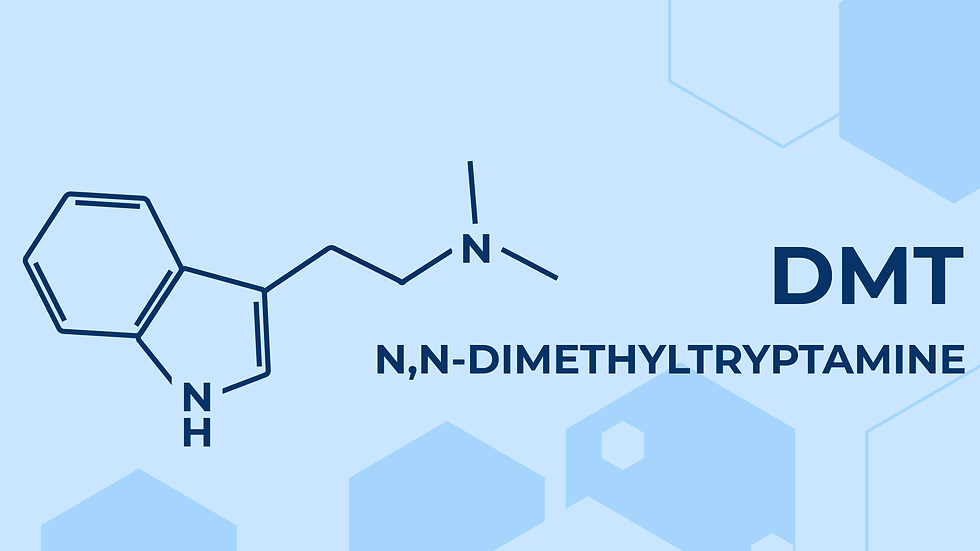top of page

Drug Information
Detailed, evidence-based information on drugs and their properties, applications, effects and risks. Based on the latest pharmacological research.
Support our work and help ensure that evidence-based research can influence policy and public opinion, not political or commercial agenda.
Drug Science is an independent, science-led drugs charity. We rely on donations to continue to promote evidence-based information about drugs without political or commercial interference.
We are grateful … But we need more. We can’t do it alone. Becoming a donor will help ensure we can continue our work. Join our Community and access opportunities to become more deeply engaged in our work.
bottom of page














































